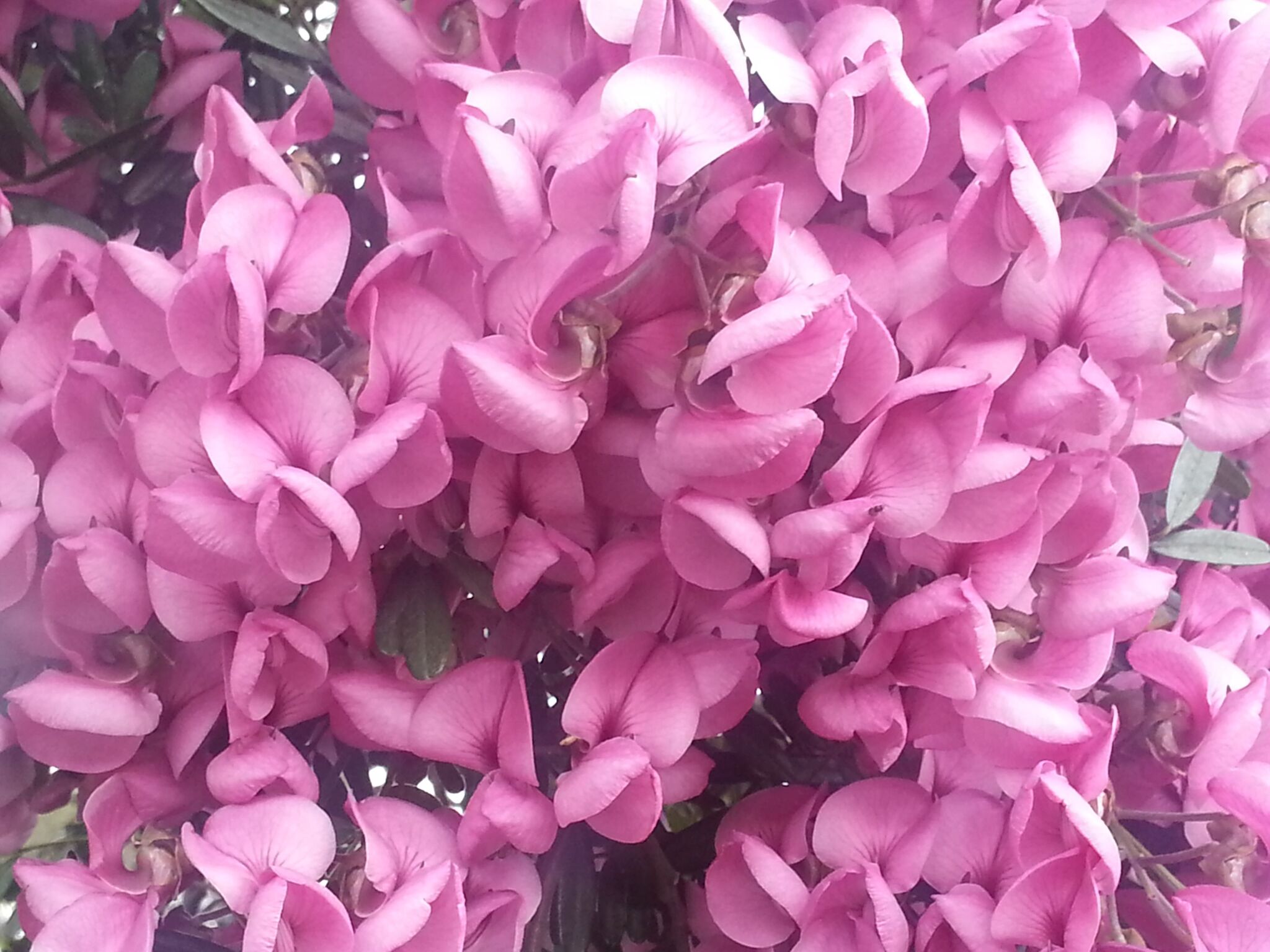
A fast growing, medium-sized, domed tree to 10 m tall. Bark grey-brown, smooth. Leaves alternate, compound, 10-15 cm long. Leaflets in 5-20 pairs, entire, each about 1.5-2.5 cm long, 0.6-0.8 cm wide, glossy green above, dull and hairy below, apex tapering to a fine tip, stalk 1-2 mm long. Flowers lilac, in terminal clusters about 10 cm long; summer. Fruit pod brown, velvety, flat, to 8 cm long, 1.5 cm wide.
Occurs naturally on the edges of forests and in river valleys along the coast of Cape Province, from the SWto S Cape.Will not tolerate intense frost. Plants in SE Australia appear to be intermediates of the subspecies but most closely approximate V. oroboides subsp. ferruginea.This subspecies probably originated as a hybrid between V. oroboides subsp. oroboides. Syn. V. capensis (L.) Lam.] and V. divaricata. It should also be noted that cultivated trees in S Africa are also reported to exhibit a confusing combination of characters indicative of hybridisation.
S Africa.
Source: (2002). Fabaceae. In: . Horticultural Flora of South-eastern Australia. Volume 3. Flowering plants. Dicotyledons. Part 2. The identification of garden and cultivated plants. University of New South Wales Press.
